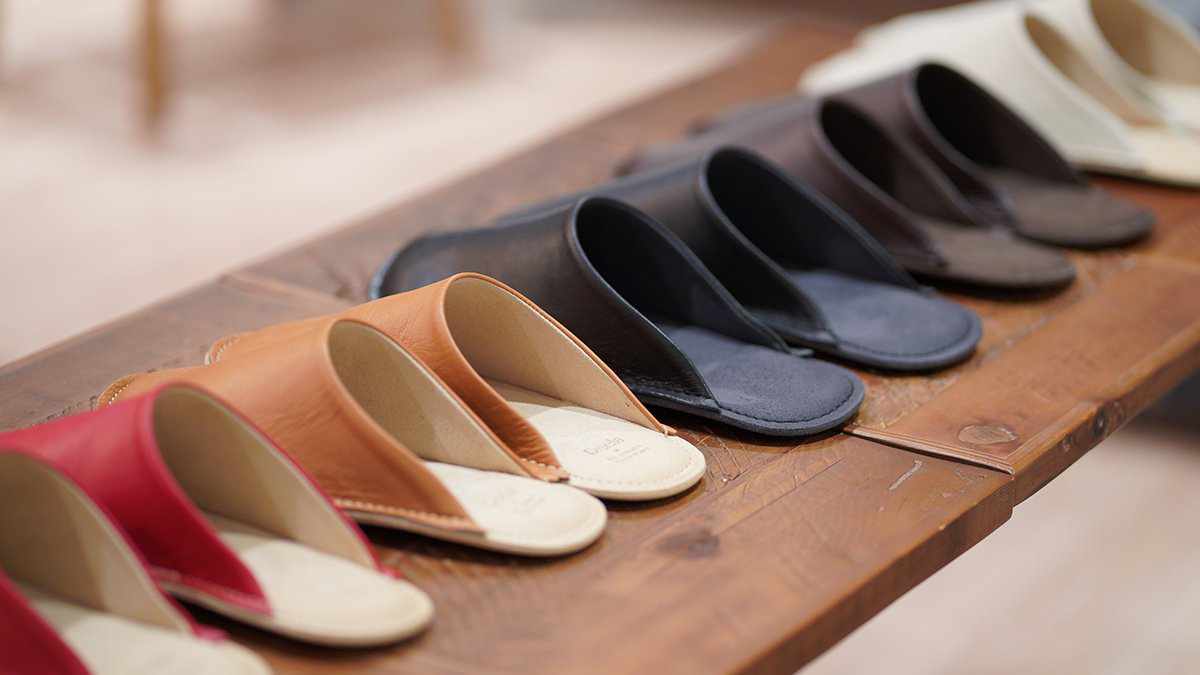free
Description

It is a one-mile garden sabo (outer wear) that can be said to be the true value of us who have been making sandals for over 50 years.
The crepe sole is combined with the genuine leather smooth series to maintain the best comfort.
Even when you go out for a while, your feet will be elegantly colored, so please feel free to try it.
Information
| Manufacturer | Yamato |
|---|---|
| Country of origin | Ehime Prefecture, Japan |
| Technique | Leather processing |
| Material | Genuine Leather |
| Size | 8.66", 9.05", 9.44", Order Made(22.0, 23.0, 24.0, 特注cm) |
| Weight | 0.44 lbs(200g) |
| Capacity | 0 oz(ml) |
| Electronic Equipment | |
| Note | Outer shoes |
| Delivery Time | 1-2 weeks (if out of stock + 1-2 weeks) |
Brand history and characteristics
How Japanese Products Can Be Such High Quality
Payment & Security
Your payment information is processed securely. We do not store credit card details nor have access to your credit card information.
![[SANDAL] GENUINE LEATHER FOR GARDEN (DARK BROWN) | LEATHER PROCESSING](http://en.thebecos.com/cdn/shop/products/gadensapoburanu01_{width}x.jpg?v=1602632901)
![[SANDAL] GENUINE LEATHER FOR GARDEN (DARK BROWN) | LEATHER PROCESSING](http://en.thebecos.com/cdn/shop/products/gaa-densapobraun01_{width}x.jpg?v=1602632905)
![[SANDAL] GENUINE LEATHER FOR GARDEN (DARK BROWN) | LEATHER PROCESSING](http://en.thebecos.com/cdn/shop/products/ya9s-yms801-dbr-5_c94c98e2-0352-4a80-aa6e-9121f28a7b64_{width}x.jpg?v=1602632908)
![[SANDAL] GENUINE LEATHER FOR GARDEN (DARK BROWN) | LEATHER PROCESSING](http://en.thebecos.com/cdn/shop/products/gadensapoburanu01_130x.jpg?v=1602632901)
![[SANDAL] GENUINE LEATHER FOR GARDEN (DARK BROWN) | LEATHER PROCESSING](http://en.thebecos.com/cdn/shop/products/gaa-densapobraun01_130x.jpg?v=1602632905)
![[SANDAL] GENUINE LEATHER FOR GARDEN (DARK BROWN) | LEATHER PROCESSING](http://en.thebecos.com/cdn/shop/products/ya9s-yms801-dbr-5_c94c98e2-0352-4a80-aa6e-9121f28a7b64_130x.jpg?v=1602632908)

